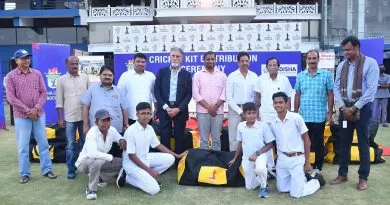DRS in cricket: How it works
DRS stands for Decision Review System, which is a technology-based system used in cricket to review decisions made by the on-field umpires. The technology allows players to request a review of a specific decision made by the on-field umpire.
The DRS works by using a combination of technologies, including Hawk-Eye, which tracks the trajectory of the ball and predicts its path, UltraEdge, which detects the sound of the ball hitting the bat, and Snickometer, which detects small sounds that can indicate whether the ball hit the bat or not.
The DRS can be used to review decisions relating to run-outs, stumping, lbw (leg before wicket), and caught decisions. Each team is allowed a certain number of review requests per innings, and the team can only request a review if they have a review available. If the review shows that the on-field decision was incorrect, the decision is overturned and the correct decision is made.
The use of the DRS has been a controversial issue in cricket, with some arguing that it takes out the human element from the game and others believing that it helps to reduce the number of incorrect decisions made by the umpires. Despite these debates, the DRS has become an integral part of modern cricket and is widely used in international and domestic cricket matches.
*Source; ChatGPT



